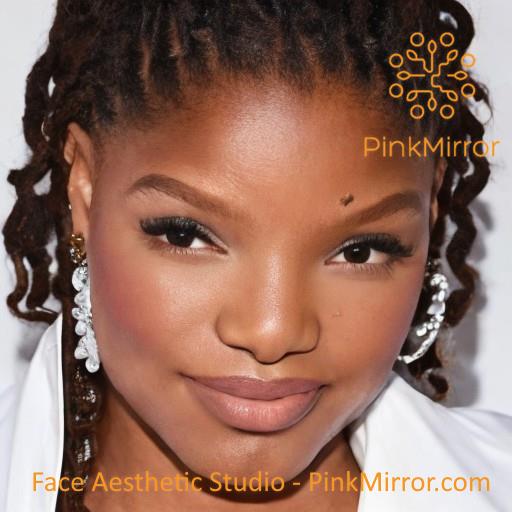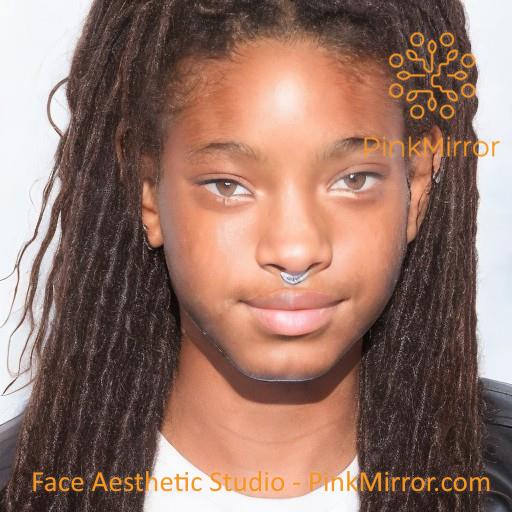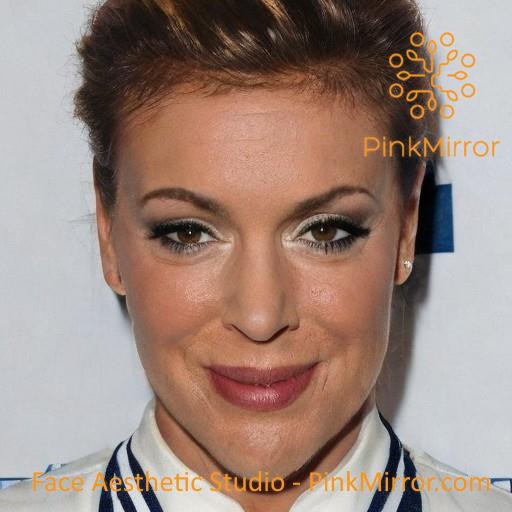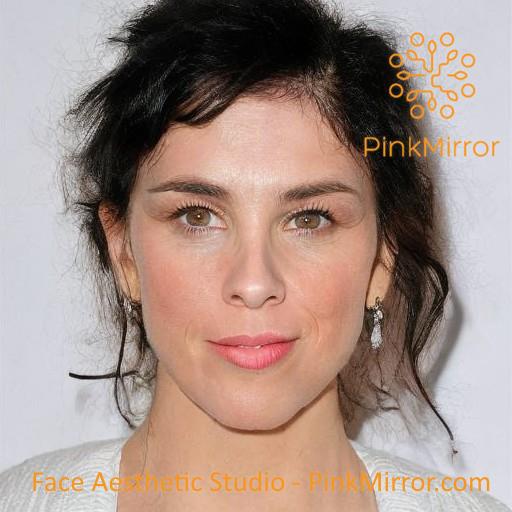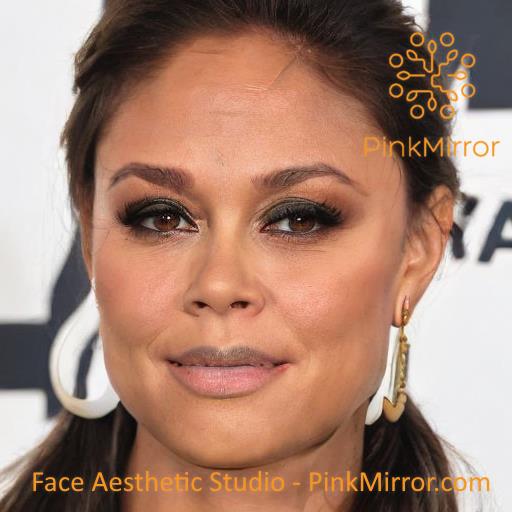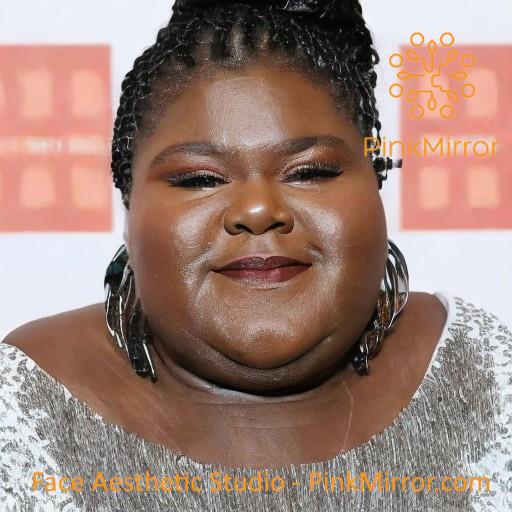Bryce Dallas Howard - Facial Feature - Bi Zygomatic Width
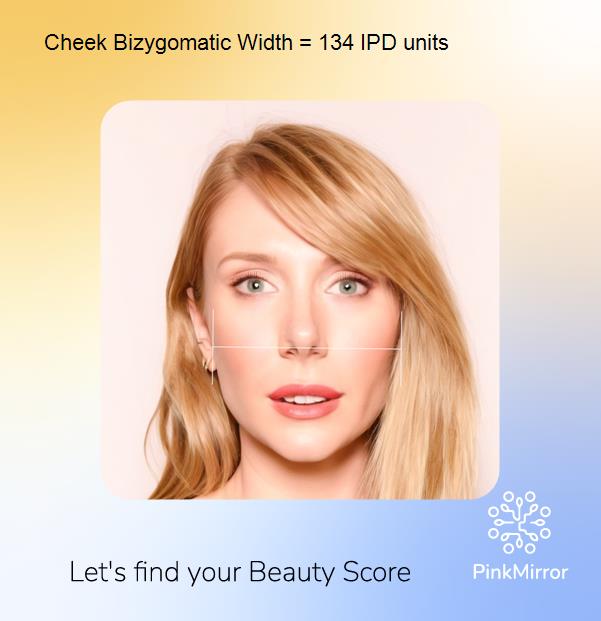
Your cheek falls into the average bizygomatic-width category, which is considered a high attractiveness among the five female cheek bizygomatic-width types. That’s often seen as very appealing by current standards. Here’s how each category is generally perceived: smallest – low attractiveness, small – medium attractiveness, average – high attractiveness, large – medium attractiveness, largest – low attractiveness.
- Most Attractive
- Least Attractive
- Your Score
From Subtlety to Beauty: Understanding the Enchanting Effect of a Small Bi-Zygomatic Width in Females
The bizygomatic width, the distance between the cheekbones, varies between sexes, with men typically having a larger measurement. Caton and Dixson (2022) found that women’s mean bizygomatic width is 133.77mm. Young (1993) reported a slightly lower mean width of 131.81mm for women among U.S. civilians. Lakhiani and Somenek (2019) highlighted that despite men having larger bizygomatic widths, women’s forward-facing zygomatic prominence makes their cheekbones appear more pronounced, a desirable trait. Abitha and Santhanam (2019) also confirmed that men generally have wider cheekbones than women. Lefevre et al. (2012) found that men have higher bizygomatic widths, but their study focused on the lack of sexual dimorphism in facial width-to-height ratios across large adult samples.
Read the detailed study with exact scientific references
Choose a recommendation and track your weekly progress:
Cautionary Note: It's important to note that each individual's skin is unique and may respond differently to various treatments. Always conduct a patch test when trying new products or ingredients, and consider consulting a dermatologist before beginning any advanced treatments.
Celebrities with largest cheek bizygomatic width



